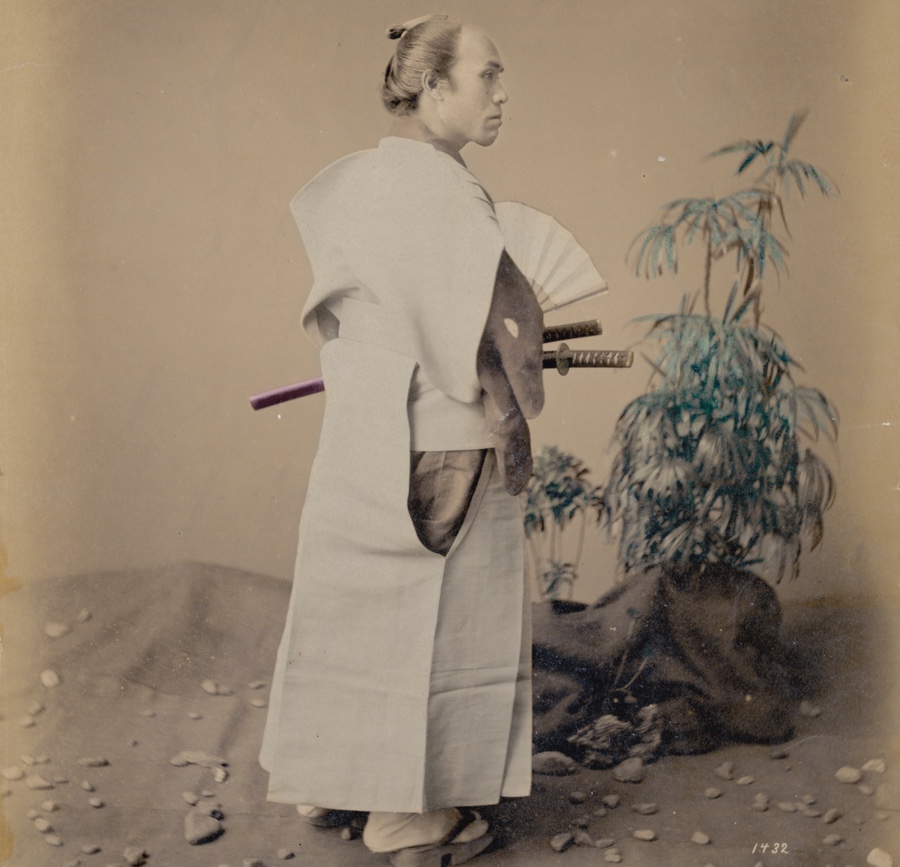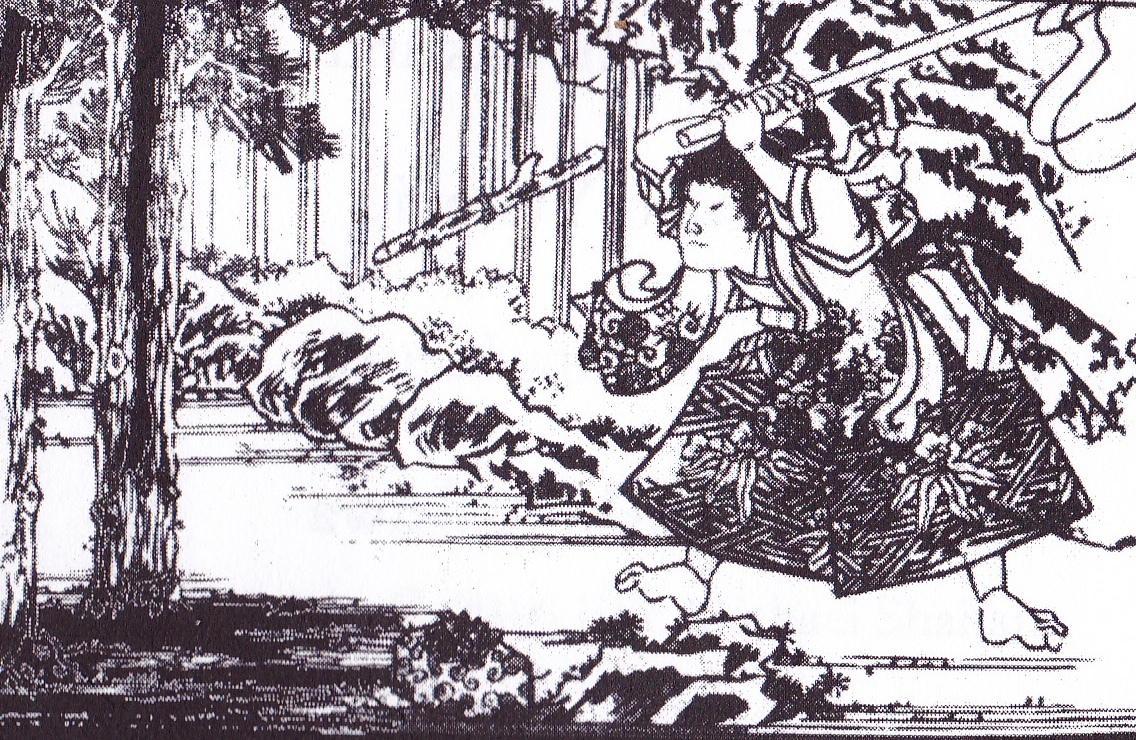Ancient Samurai Scroll Describes Blinding Powders, Moonless Battles

An enigmatic samurai text known as the "Sword Scroll" has been translated into English for the first time, revealing instructions for successful nighttime battles and recipes for blinding powders.
The text may have been written almost 500 years ago, though that date is uncertain.
Attributed to two elite samurai, the text says that to be an effective sword fighter, one must have "no evil in your heart," and the spirit, eyes, hands and feet must all be in balance. [In Photos: The Last Century of Samurai Swordsmen]
The scroll warns that even those who learn its numerous techniques can be killed if they take on too many enemies at one time. "It is best to err on the side of caution and not enter a mountain road infested with brigands," the scroll says, adding that "there is a saying that goes, 'a little bit of military training can be the cause of great injury'" (translation by Eric Shahan).
The "Sword Scroll" was translated into modern Japanese recently by Fumio Manaka, a master in a Japanese martial art known as Kobudo, and then into English by Eric Shahan, a Japanese translator who specializes in translating Japanese martial-arts texts. Shahan also holds a San Dan (third-degree black belt) in Kobudo.

Mysterious origins
The origins of the scroll are mysterious. The text claims that much of the scroll was written by Yamamoto Kansuke (1501-1561), a samurai who served a daimyo (a lord) named Takeda Shingen at a time when there was widespread warfare within Japan. Some of the text's words are also attributed to Kusunoki Masashige (1294–1336), a samurai who served the Japanese Emperor Go-Daigo.
However, whether these men actually wrote the words attributed to them is unknown, Shahan said.
Sign up for the Live Science daily newsletter now
Get the world’s most fascinating discoveries delivered straight to your inbox.
Making matters even more complicated, four different versions of the "Sword Scroll" survive today, their contents having been passed down and published in Japanese books over the centuries. The text and illustrations differ in each version, although all four versions also have a substantial amount of content that is largely the same. None of these versions have been translated into English until now.
Blinding powders
The newly translated scroll contains instructions on how to create and use powders to blind an enemy: For one powder, the samurai must "open a small hole in an egg's shell," let the egg's contents spill out and then put red pepper into the egg hole and wrap the egg with paper. "When you are faced with an enemy, smash it on their face," the scroll says. [Photos: Mixed Martial Arts in Ancient Rome]
A more complex powder uses pieces of a mamushi (a venomous snake) mixed with horse manure and finely chopped grass wrapped within a paper tissue. "Blowing it at an opponent will cause them to lose consciousness," the scroll says, adding that this technique "has not been fully tested."
One version of the "Sword Scroll," which was published in 1914 in Japanese by a man named "Wakichi Sakurai," claims that the use of blinding powders can be helpful in a major battle if the attack is directed at the enemy general.
"Should a large battle then ensue, you should make directly for the enemy Taisho [general]," the scroll says. "As you and the enemy combatant ride directly at each other and attack, blow the powder in the eyes of the opponent," something that will blind the general, allowing a samurai to put a joint lock on them that "will result in killing the opponent's hand," making it easier to kill or capture the enemy general.
Only one of the four versions of the scroll discusses using blinding powder against an enemy general.
Fighting on a dark night
The scroll contains tips on how to battle an enemy force in a variety of conditions, including on a dark night, when there is no moonlight. "When battling on a dark night, drop your body down low and concentrate on the formation the enemy has taken and try to determine how they are armed," the scroll says, noting that if the terrain is not to your advantage, you should "move in and engage the enemy."
Another tactic is "to conceal your forces in a dark space in order to spy on the enemy."
The scroll also has tips on how to sword fight when attacked in your house on a dark night, advising a samurai to use both the sword and the scabbard. Turn the scabbard "so it is straight up and down, which will protect you from a waist-level cut from the opponent," the scroll says. One can also place the scabbard "on the end of the sword," creating a long weapon that can help one defend and attack when fighting an enemy in the dark, the scroll says.
Evolution of martial arts
Shahan told Live Science that there are many Japanese martial-arts books in need of translation and further study.
"Then, they all need to be dated correctly, and then we can lay [out] the whole scenario of how martial arts evolved from the 14th-17th centuries," Shahan told Live Science.
"It is important to note that in Japan it wasn't until after the unification of Japan under the Tokugawa shogunate [in 1603] that books about martial arts began to emerge," he said. "Before that, everyone was too busy fighting."
Original article on Live Science.

Owen Jarus is a regular contributor to Live Science who writes about archaeology and humans' past. He has also written for The Independent (UK), The Canadian Press (CP) and The Associated Press (AP), among others. Owen has a bachelor of arts degree from the University of Toronto and a journalism degree from Ryerson University.










